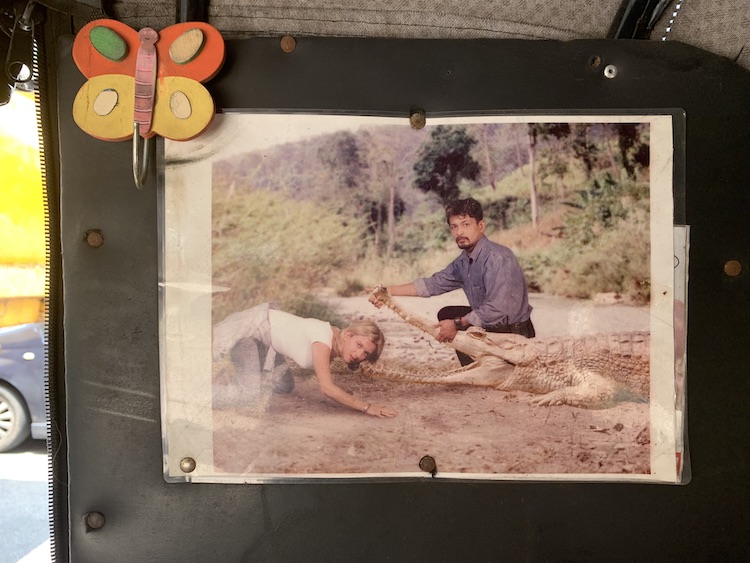Solo means “unaccompanied”; therefore, solo travel means traveling alone. If you travel with anyone other than yourself, it is not considered solo. Your pets do apply as solo travelers… well, kind of…

The demographic of solo travelers is rapidly expanding, with a significant portion of this group constituting the fastest-growing sectors in the travel industry. A study conducted by the Queensland University of Technology reveals that more than half of these solo travelers actively choose to embark on their journeys alone. These individuals derive a considerable sense of fulfillment and acquire valuable skills through their solo travel experiences.
Embarking on a solo journey offers numerous options to cater to your comfort. By venturing alone, you have the opportunity to discover your existing abilities and even develop new ones as you progress.
Types of Solo Traveler
There are two general kinds of Solo Traveler, Partial Solo or Total Solo (simply kind of solo or solo 🙂 Within those categories we have other subcategories worth taking a look at:
I-The Partial Solo
The partial solo experience entails an individual embarking on a journey alone, while also participating in prearranged activities by either starting from their home base or joining the tour at the destination. Rest assured, you are still an independent traveler despite engaging in organized adventures.
This category is divided into different types of Organized Solo Travel: The Sailing Solo and The Group Solo. I grouped the partial solo according to the degree of planning involved.
The Sailing Solo: Cruise/Boat Solo
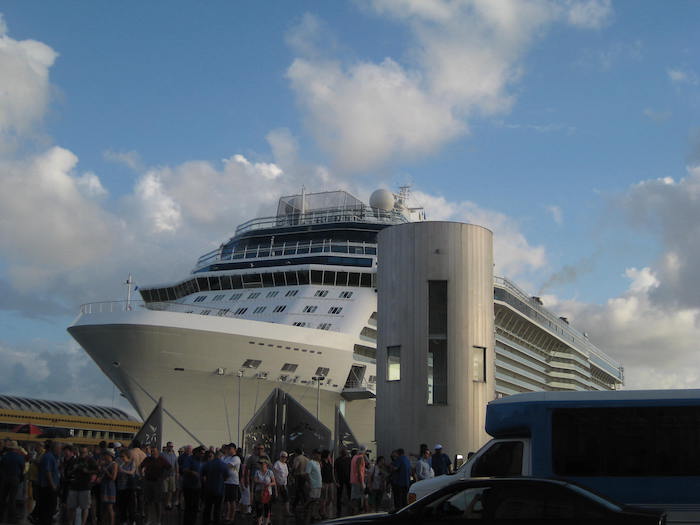
Joining a cruise is a way to travel solo. Taking a cruise is probably the easiest way to travel solo because the planning of the itinerary is done for you at most levels.
Once you arrive at the sailing port you “join” a big group of folks joining in a common itinerary. It is up to the solo traveler how much to participate in activities for the whole ship, and or mixers for solo travelers.
Traveling aboard a compact/SMALL boat, ranging from small to extra small, allows you to escape the bustling big ports and marinas that can overwhelm a solo cruiser. Typically, you will embark on your OWN adventure and join the excitement on a smaller vessel. Opting for a smaller cruise or an extra small boat means you’ll have closer interactions with fellow passengers due to limited physical space. This might require more socializing and leave less room for personal solitude.
Contrary to a large cruise ship, a boat typically lacks many amenities, offers the same dining schedule as fellow passengers, and provides limited space for personal freedom. Nevertheless, embarking on a boat/catamaran/sailboat/etc offers a wonderful chance to relish a solo journey and presents more possibilities for thrilling activities such as kayaking and impromptu snorkeling. Another advantage of a smaller vessel is the chance to encounter fellow solo travelers, making it an excellent opportunity to forge new connections. Moreover, it allows for unparalleled views of breathtaking landscapes and access to off-the-beaten-path destinations.
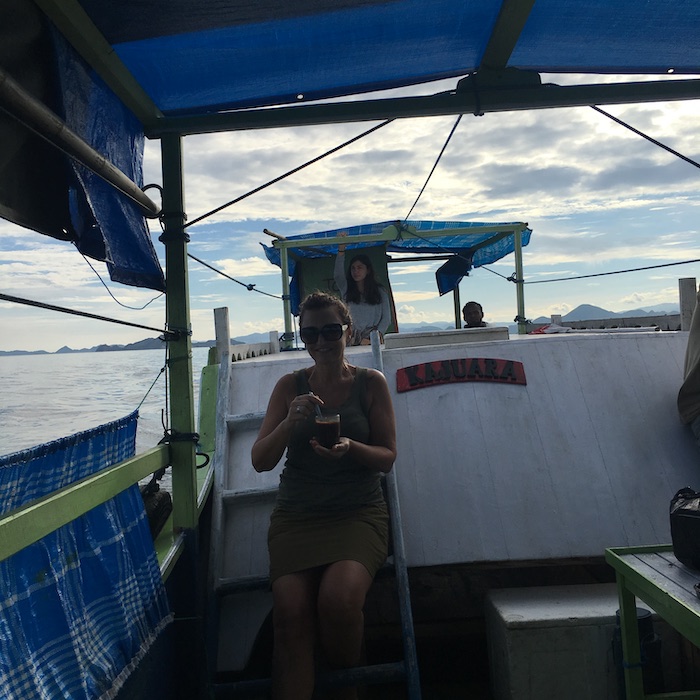
It is a good way to get a foot on solo travel life and to learn about the many activities one may choose on a future solo adventure.
The Type of Group Solo
Groups of women, foodies, singles, bikers, hikers, divers, swimmers, volunteers, educators, super seniors, religious veterans, pilgrimages, culture, nudists you name it you have it. Approximately 40% of solo travelers are partial solo travelers who join an organized group of activities. Within the type of solo groups, there is a different degree of time a person will be spending solo.
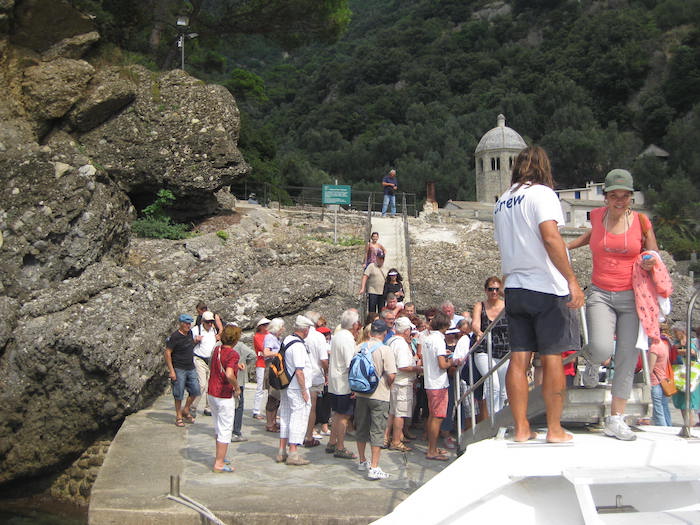
Well it does not seem like a solo trip when looking at the picture on the left. However, one can be alone and decide to take a tour that involves other people. The difference here is that one decides when and how to take that tour.
Here on the right, I met a group of savvy history buffs from around the world with expertise in ancient Pompeii. While there is no need to be an expert to travel to some destinations, group travel offers a variety of folks with different expertise that might add to the journey.

The Retreat Solo
This form of solo travel is more akin to complete solitude. A retreat involves embarking on a journey to disconnect from the daily grind and dedicate time to relaxation and rejuvenation. It consists of a series of structured activities led by experts in the field, aimed at enhancing or refining a specific skill or practice. Retreats come in various forms, such as health, wellness, spirituality, detox, weight loss, and others. Examples of retreats include spa retreats, animal retreats, nature retreats, and meditation retreats. It’s important to note that one doesn’t need to be an expert in the field of the retreat. Most retreats welcome beginners and experienced practitioners alike.
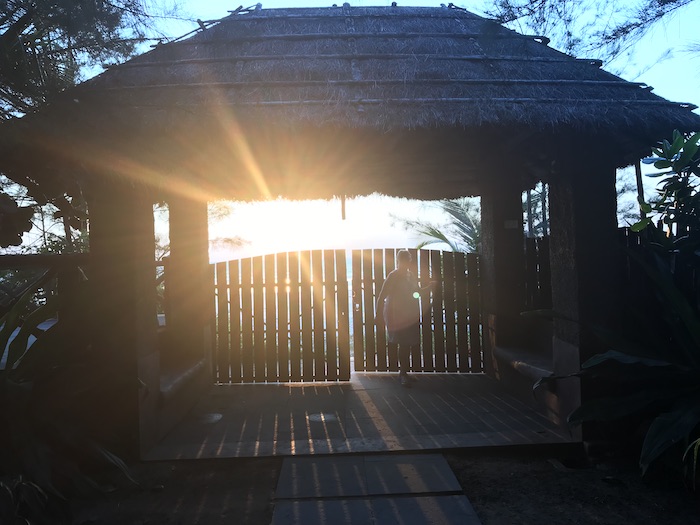

Research indicates that retreats have been proven to be effective in alleviating stress and promoting mental well-being. Unlike other types of vacations, retreats offer the advantage of not requiring individuals to adhere to a strict itinerary. Typically, a coordinator is available to assist in tailoring the retreat experience to meet individual needs and preferences. I have a strong affinity for yoga retreats as they hold a special place in my heart.
II-The Total Solo
I have categorized the Total Solo traveler into two distinct types: “Complete Solo” and “Super Solo.” These individuals meticulously plan their entire trip from beginning to end without any external assistance.
Complete Solo
In general, solo travelers purchase their own tickets, choose their schedules, book their accommodation, eat alone at restaurants, etc. This type of traveler is usually experienced and capable of handling all the details of an international trip. Studies have shown that, on average, solo travelers are comfortable and content spending time alone. Being aware of one’s strengths and knowing oneself are key to the success of the entire solo journey.

Super Solo
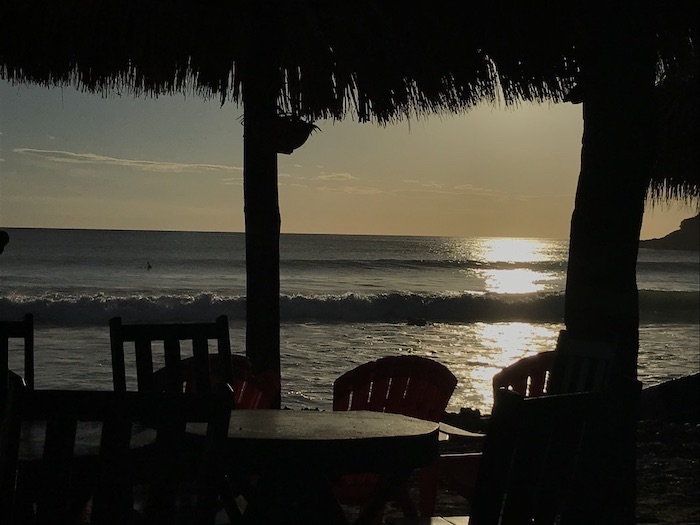
A Super Solo traveler is a step up from a Total Solo traveler in that the Super Solo tries hard to be alone. It can be someone who hops on a boat and navigates alone, a backpacker, a hiker, an adventurer, a photographer, an explorer, etc. Regardless of who those travelers are, in my perceived experience, we gain strength from the environment. Moreover, studies have shown that there might be some benefits to the desire for isolation in one’s life. When pursued willingly, it can be a healing experience.
Being by yourself does not necessarily mean feeling lonely. Embracing solitude allows you to truly understand and connect with your authentic self, the person you will be with for the rest of your life. Being alone can be a positive experience, as it grants you the time to plan your future and explore the things that truly matter to you if you haven’t already done so. Research has shown that enjoying a meal alone and taking breaks to recharge can have a positive impact on both your mental and physical well-being. However, like everything else, it is important to find a balance and not take it to the extreme. Striving for a harmonious blend, like the complementary forces of yin and yang, is the key.
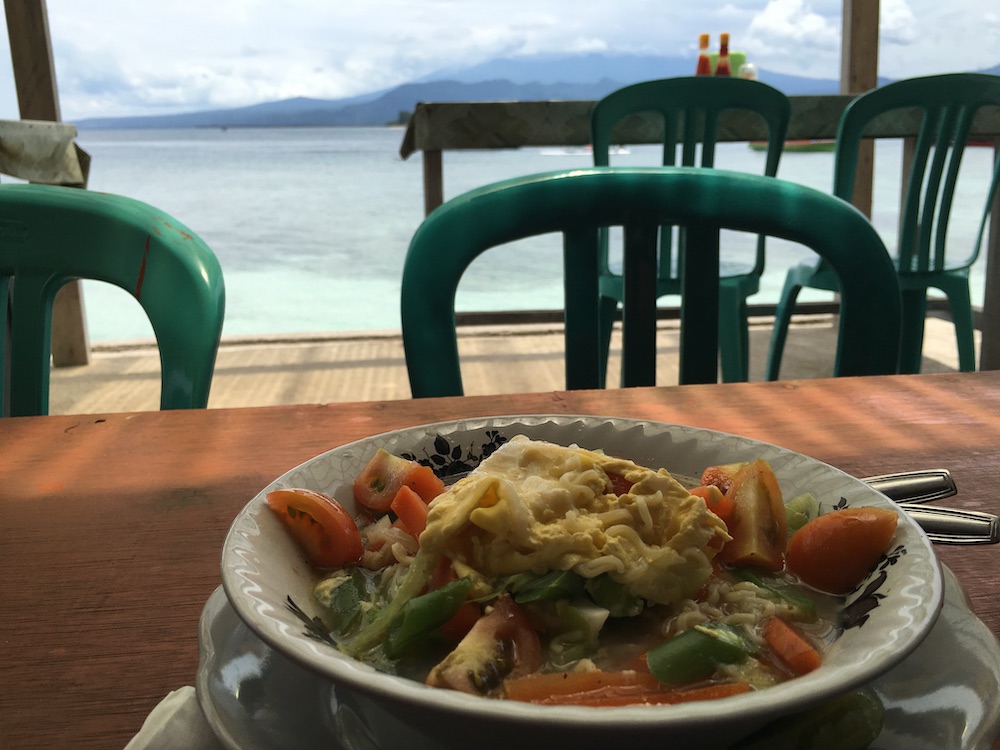
In an overly-connected world, some type of solo travel might be good for the soul. There is way too much meaningless “noise” out there.

Cheers to your solo adventure!!





